|
HOME |
|
|
HOME |
|
|
When architects design an enclosure, they have to think of many things. Here are some of the most important ones. 1. Space considerations: Some animals will need an indoor enclosure, where they can be protected from the environment outside. Maybe there is a problem with temperature, or light, and this will be artificially re-created inside a building. Most animals will need a combination of outdoor space, and some shelter. Also, some animals need to climb, or fly. This means they need a lot of vertical space. Others need to run or roam about, which means they need lots of horizontal space. 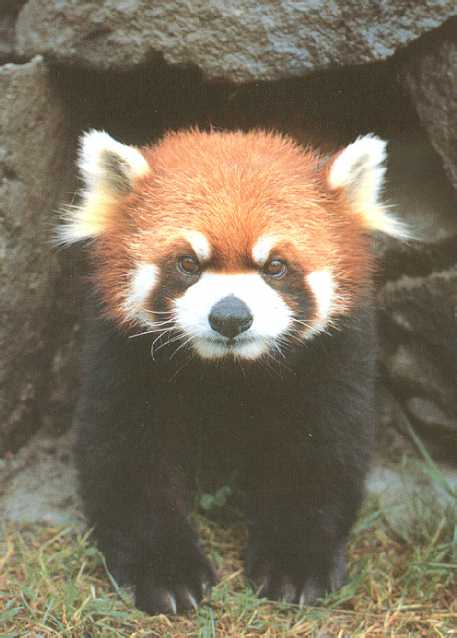 |
|
2. Enrichment objects/ animal recreation The animals need to be kept busy, or they will become sad and depressed, and maybe die. The enclosure has to contain all sorts of things to keep them active and interested, and behave in ways they would behave in the wild. An important part of any environment is places and things to play with. 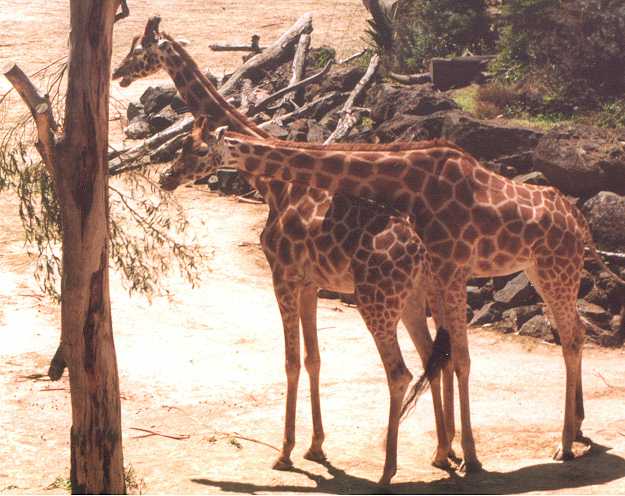 |
|
3. Vegetation and rock formations Architects may use real rocks, or they may use fake rocks (which are lighter, and can be made in any shape you like). But they must feel and look realistic to the animals and to the public. You have to be careful with the plants you choose, because some plants are poisonous to animals. They should be as similar as possible to the animal's normal environment, but you must check they grow in the zoo's climate. Check out particular plants that are part of the animal's diet, also. 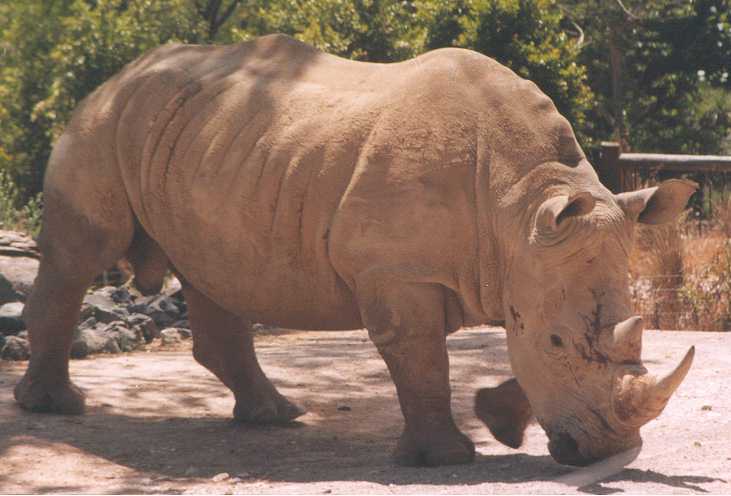 |
|
4. Open area / dense vegetation Some animals need open spaces, because that is what they are used to. Others are very shy, and they prefer to live in dense vegetation. If there is a lot of plant cover, the architect has to think of clever ways of letting the public see the animals, without upsetting them. 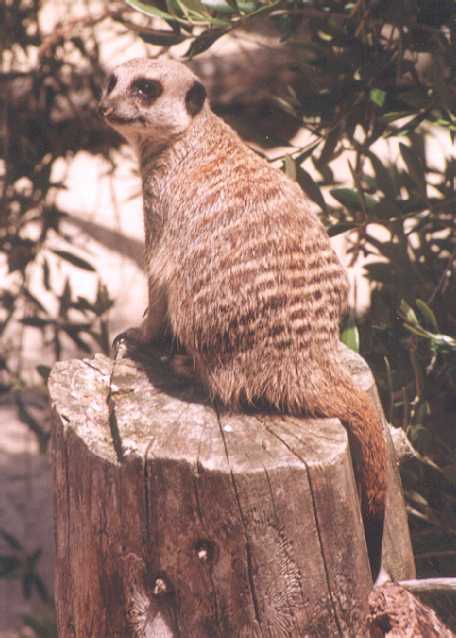 |
|
5. Public viewing of the animal The enclosure should keep the animal safe from people. If the animal likes to hide away, it will make it very unhappy if it is constantly bothered by noisy people jumping up and down and peering at it. So you may need to use things like one-way glass, or thick walls, or tiny portholes. Remember, it is important to
control the animal's diet, so you should not have
it so people can throw or hand food to the
animal. This zoo shown in the photo
is very badly designed, because it is allowing
people to feed the animals. This is bad for the
animals, because it teaches them to approach
people, and gives them a very unbalanced
diet. Also, there are some very
sick people in the world who give the animals
things like broken glass or plastic. They think it
is a joke, but it can injure or kill the
animal. The architect will also have to keep people safe from the animals. Sometimes very stupid people try and do things like climb into a lion's cage - and of course, the lion will attack and maybe kill them. Architects may use walls, or bars, or moats, or glass to keep people out of the enclosure. 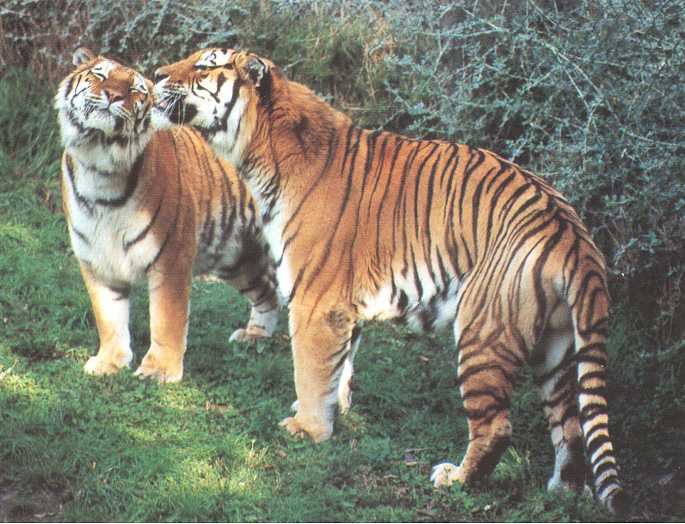 |
|
Factors to consider The enclosure must allow for the following activities: * allow the animal to find food * allow the animal to reach water * allow the animal to conduct itself in ways that
it might in the wild (hunt prey, avoid
predators) * gives the animal enough space and simulates its
natural range * allow for temperature and climate controls
necessary for the animal's health * allow the animal to care for young * allow the animal to deal with its young the way
it does in the wild (teach them to hunt, teach them
to fly) * allow the animal to interact naturally with
other animals it needs in order to survive and
reproduce |